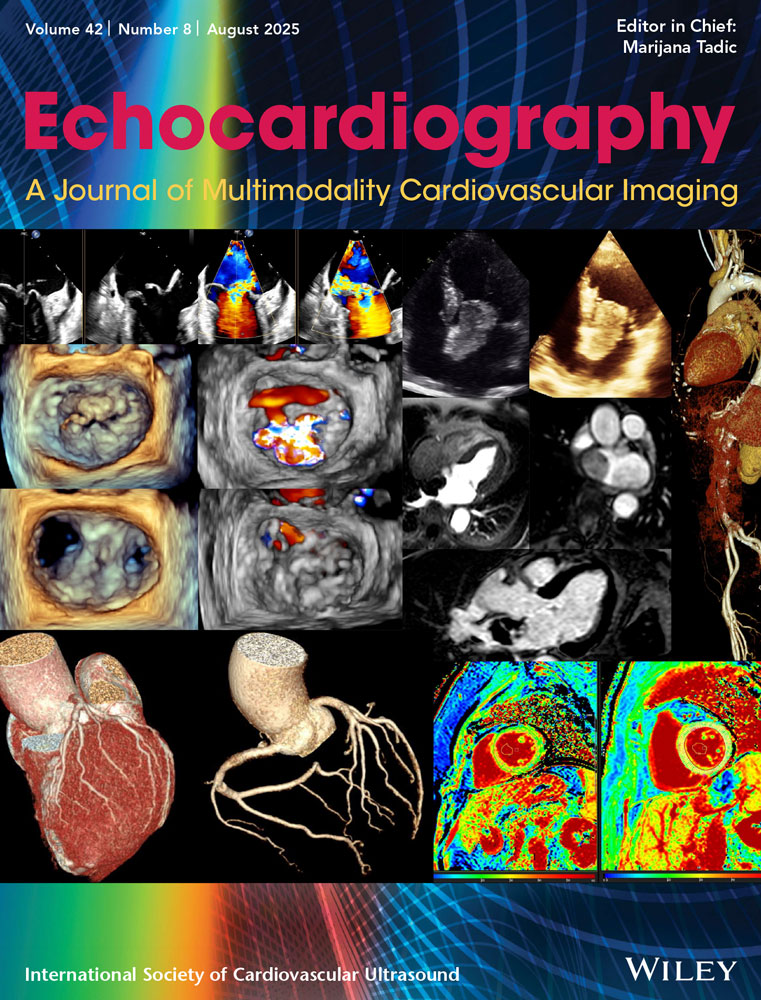Restrictive Left Ventricular Filling Pattern After Myocardial Infarction: Significance of Concomitant Preserved Systolic Function
Presented at The Second Annual and Plenary Meeting of the Working Group on Echocardiography of the ESC, Trieste, Italy, December 1998.
This study was funded by the Echocardiography Research Fund, Wythenshawe Hospital, Manchester, United Kingdom.
Abstract
Restrictive left ventricular (LV) filling identifies a high risk subgroup, following myocardial infarction (MI). The extent and significance of systolic dysfunction in this group is not clear. The aim of our study was to determine the incidence and extent of systolic dysfunction in patients with restrictive filling and nonrestrictive filling examining the prognostic implications. Doppler parameters of LV diastolic function were measured in 102 post-MI subjects within 4 days. Restrictive filling was defined as the presence of E:A ratio > 2 or E:A ratio 1–2 with MDT ≤ 140 msec. Follow-up was to a median of 11 months. Restrictive filling (group A) was found in 19 (19%) of 102 patients. Patients with this pattern were more likely to have systolic dysfunction than those without (group B); 63% and 35%, respectively, P = 0.024. Eight (42%) of 19 patients in group A had relatively preserved systolic function. At 11 months 14 patients had developed heart failure (HF), 6 in group A (32%) and 8 in group B (10%), P = 0.012. There were two deaths (11%) in group A and 7 (8%) in group B, P = ns. Seven (88%) of 8 patients in group A with relatively preserved systolic function were alive and free of heart failure at follow-up compared to 4 of 11 patients (36%) in group A with systolic dysfunction (P = 0.026). Restrictive filling can be associated with relatively preserved systolic function after MI and these patients have a relatively good outcome. Patients with restrictive filling post-MI are a heterogenous group emphasizing the evaluation of both systolic and diastolic function.




